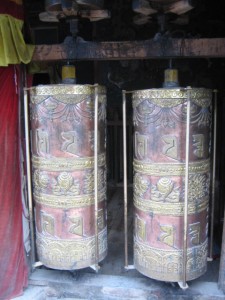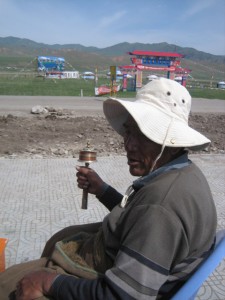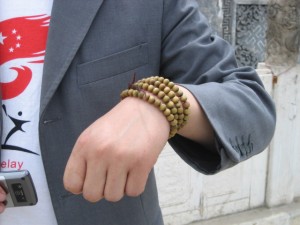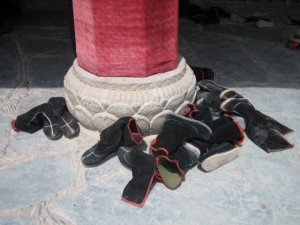Last year, I visited two monasteries near Xining which are very famous for their tanka paintings.
A tanka is a painting of Buddha, a Buddhist deity or a linage guru. A traditional tanka is framed with rich brocade borders and the painting itself has many Buddhist symbols. They have been used for hundreds of years in temples and homes for meditation. Below are some pictures of tankas hanging in a Tibetan temple.
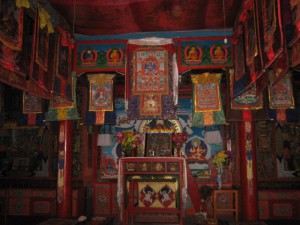
There are two types of deity paintings; benevolent and wrathful. The wrathful deities are protectors of mankind and destroy evil.

The female deities or goddesses are called Taras. Here is a statue of some Taras outside a Tibetan monastery near Xining.
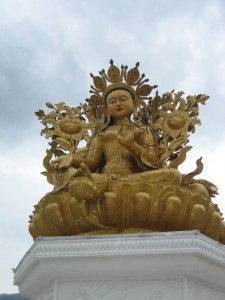
I bought an authentic tanka painting in a Tibetan temple ( #180). Below is a picture of the monk who sold me the painting.

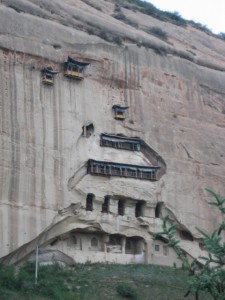
Here is a picture of a woman and her baby in a nearby town.

Christmas is coming soon. If you’re not sure of what to buy for your family and friends, perhaps you can direct them to my website and see if there is something that appeals to them.
If you are in Montreal, you can avoid shipping costs all together by picking the items up yourself. Also, if you buy more then one item, the shipping costs will be less.
My website contains special Christmas gifts; an angel (#593) -3 available, a lamb which can be used in a creche scene (#594), a Santa Claus mirror (#592), and two reindeer (#596,597).
I have many more items for sale than are shown on the website and I’ll be having open houses on December 8th, 9th, 15th and 16th from 1:00-5:00 PM in Montreal. Also, you can make a special appointment with me. Please contact me for more details.
I hope to hear from you soon.


